Change is hard. Making change stick is hard. Adopting newly learned skills into day-to-day practice is hard. We discussed this in a recent blog post, “Upskilling HR—Ongoing, Consistent, Flexible, and Scalable Learning,” where the key learning elements are technology, flexible learning, and sticky adoption. Each of these 3 areas is crucially important and extremely difficult to get right. However, the reality is that “sticky adoption” is where the rubber hits the road. You can use a fantastic suite of software and leverage different learning tools, but if your employees don’t adopt newly learned skills, your efforts will fail. The word “adoption” tends to be overused in the tech industry, and while this is true, adoption is incredibly important when it comes to learning. There are many ways to adopt new skills—peer-to-peer learning, practice, working with your manager, re-training, accessing content, projects, and the list goes on. There is no one perfect solution, and just like diversifying your stock portfolio, we recommend diversifying how your employees adopt new skills. However, one particular strategy that is highly effective is coaching and mentoring. According to research, 70% of people who receive coaching benefit from improved work performance, better relationships, and more effective communication skills.
Learn how to implement employee well-being into your total rewards with our free guide.
Your employees should be paired up with a coach/mentor who does not work for your organization. These are the top reasons why this is a good idea.
- The coach has no personally vested interest in your organization—they focus on your employees and their success.
- A good coach can more easily see things from different perspectives—10,000-foot view and beeline for minute details.
- Coaches and confidentiality go hand-in-hand. Coaches work for your employees and are hyper-focused on helping your employees succeed.
- The work of a coach is ultra-customized for each of your employees. For example, if 10 of your leaders go through leadership development training together, the likelihood of all 10 starting with the same skill level is 0%. Further, the pace that each move regarding successfully adopting new skills will be different. Coaches adapt and flex to the needs of the person.
- The coach can teach managers and leaders how to be great coaches across the organization.
Skills training and learning can be costly investments, which makes it all the more important to make smart decisions. The key goals of training and learning are to improve employee skills and performance, which, in turn, improves organizational success. Ensuring that skills training investments effectively touch the three key areas (technology, flexible learning, and sticky adoption) is smart business. Providing your employees with post-training support, coaching, and mentoring, is the critical part of this equation. It’s the accelerator to many positive things—employee engagement, productivity, effectiveness, retention, etc.
The next question that we get asked all the time is, “How do we structure post-training support that works best for us?” There is no perfect answer to this question, but below are the key things you should think about when figuring this out.
- What is the structure of your workforce? Do your employees work remotely, in the office, or a blend? There are software tools available that focus on virtual coaching, which may be something that you will need or not. Or would you rather have coaches physically come into your office and work with your employees in person? Tip: in this day and age, it is very likely that most of the coaching that will take place is virtual. You can take advantage of substantial cost savings, easier scheduling, and video recording, and leverage the significant advantages of software.
- Coach Philosophies—do you need coaches who have their own coaching methodologies and programs or not? Our experience is that when your goal is to maximize skills adoption, the need to have a formal coaching program is very small. High customization and focus on what the employee needs is the important element. For skills adoption, you need to work with coaches who are agile, flexible, and hyper-focused on the employee.
- Time commitment—how often should a coach work with your employees? Flexibility, agility, and customization are what you need versus a rigid schedule and approach. It’s about what your employees need.
In conclusion, when you are looking at offering your employees skills development, make sure you focus on the full picture—technology, flexible learning, and most importantly, “sticky adoption.” Invest in coaches—it’s an insurance policy that maximizes your skills development investments.









